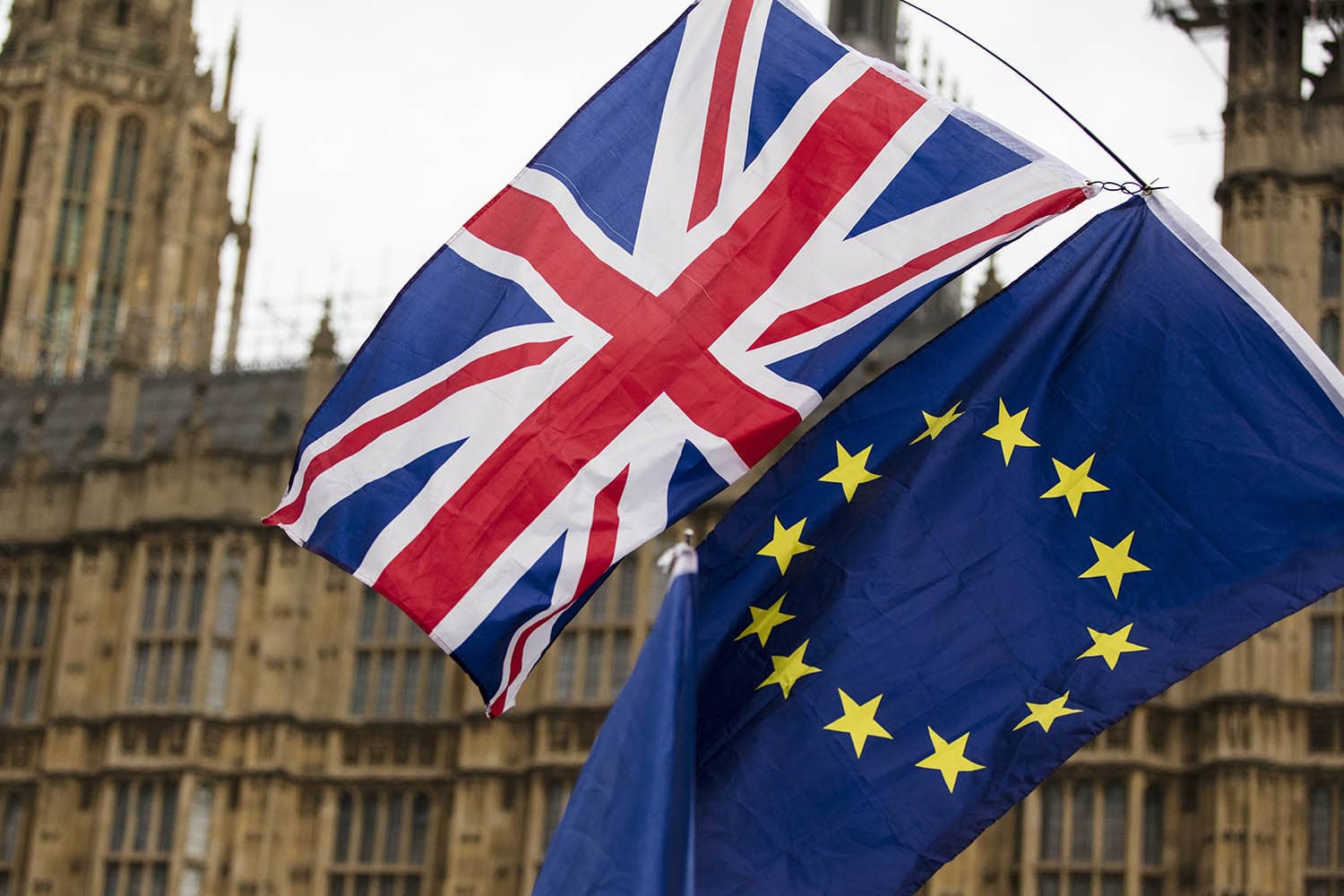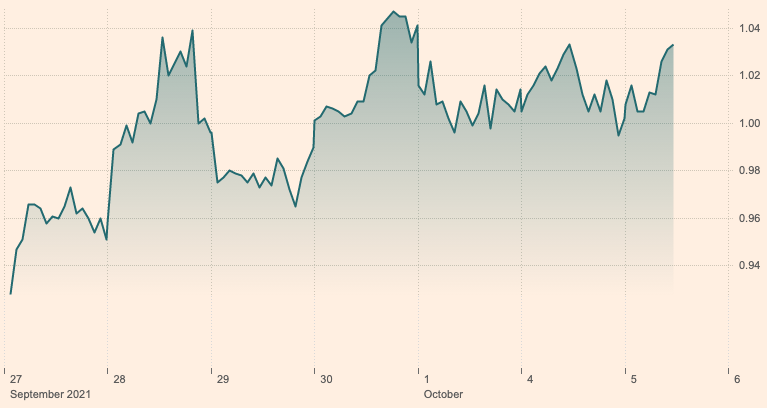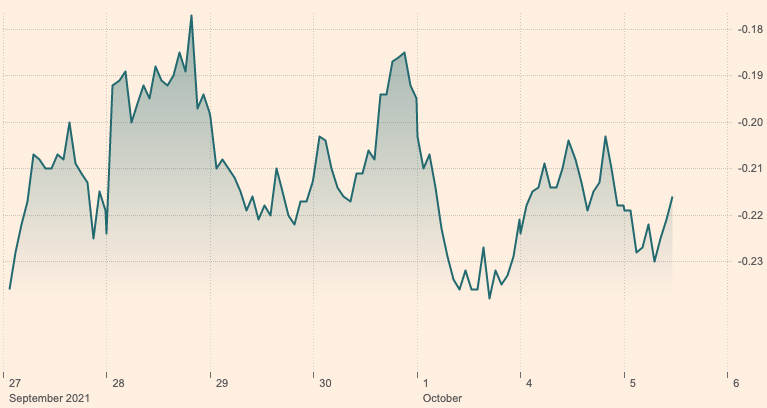Pound-Euro Exchange Rate in Best Close for Sellers Since August
- Written by: Gary Howes

Image © Adobe Images
- GBP/EUR reference rates at publication:
- Spot: 1.1745
- Bank transfers (indicative guide): 1.1434-1.1516
- Money transfer specialist rates (indicative): 1.1640-1.1686
- More information on securing specialist rates, here
- Set up an exchange rate alert, here
The Pound-to-Euro exchange rate (GBP/EUR) has closed at its highest level since mid-August, lifted by an ongoing outperformance in UK bond yields as investors anticipate an interest rate hike at the Bank of England.
Pound Sterling was bid into the midweek session by a market that is returning focus to the UK's superior yield advantage relative to the Eurozone, which in turn owes itself to building expectations for a Bank of England interest rates hike in early 2022.
The GBP/EUR exchange rate closed at 1.1749, the last time it closed above here was on August 16.
This serves as a reminder that forays above 1.17 tend to be short-lived as the market is dominated by selling interest at these levels. Pound Sterling Live's data shows that those watching the exchange rate for retail purposes have set 1.17 as a desirable transaction level, meaning their order will be triggered when the spot market reaches the 1.1730-1.1750 bracket. (See best euro rate today).
Potentially working in the favour of Sterling bulls of late is a clear out of investor bets that favour Pound Sterling strength.
Bets will have been closed in the previous week when Sterling fell sharply against all major currencies, with GBP/EUR going down to 1.1550 at one stage.
Some analysts have said an impediment to further Sterling upside was the number of 'long' positions built up over time, which has the effect of stifling a currency's advancement.
But the shakeout of positioning seen in the final week of September might have erased some of this overhang, allowing the currency to become more receptive to the UK's interest rate story.
"Inflation combined with the more active consumer and labour markets in the UK has pushed the Bank of England towards considering a potential rate hike later this year," says Charles Porter, SGM Foreign Exchange Ltd.
"That places the UK in a privileged position and in front of much of the rest of the slower moving G-10 pack," he adds.
Above: UK ten year yields (top) and German ten year yields (bottom). Images courtesy of FT.com.
Secure a retail exchange rate that is between 3-5% stronger than offered by leading banks, learn more.
Inflation expectations are building in the UK amidst an ongoing economic recovery, supply-side pressures, labour shortages and record job vacancies.
The Bank of England's Governor Andrew Bailey said in a speech on September 27 he believed the current surge in inflation was transitory but he was increasingly concerned it could become embedded elsewhere in the economy, to the extent that it creates a self-fulfilling loop.
"Provided that the rising cost of money, basic consumables, factors of production and lower disposable incomes derived through taxation and inflation don’t manifest sufficiently to choke the UK consumer and investor, the Pound could be quids in," says Porter.
Foreign exchange strategists at UBS AG say the market will likely refocus on the hawkish tone that the Bank of England struck at its September policy meeting where it said interest rates could rise even before quantitative easing was completed.
{wbamp-hide start}
{wbamp-hide end}{wbamp-show start}{wbamp-show end}
This suggests a rate rise could occur even before year-end, depending on the economy's performance over coming weeks.
"We see a clearer case for a sterling rebound against other major G10 currencies in the short term, including the dollar, and continued gains against the euro and the Swiss franc in the medium-to-long term, supported by faster BoE tightening," says Gaétan Peroux, Strategist at UBS AG.
A key indicator to watch is the the UK's labour market where unemployment is expected to increase in October as the government's job support scheme ends, potentially forcing furloughed staff into unemployment.
The consensus is that the Bank could move towards a rate hike should the spike in unemployment prove smaller than their expectations.
A robust labour market increases the potential for wage rises, which are fundamentally inflationary.
Expectations for higher levels of inflation in the future would potentially encourage workers to push for higher wage settlements, helping inflation to anchor itself at levels above the Bank's 2.0% target.








